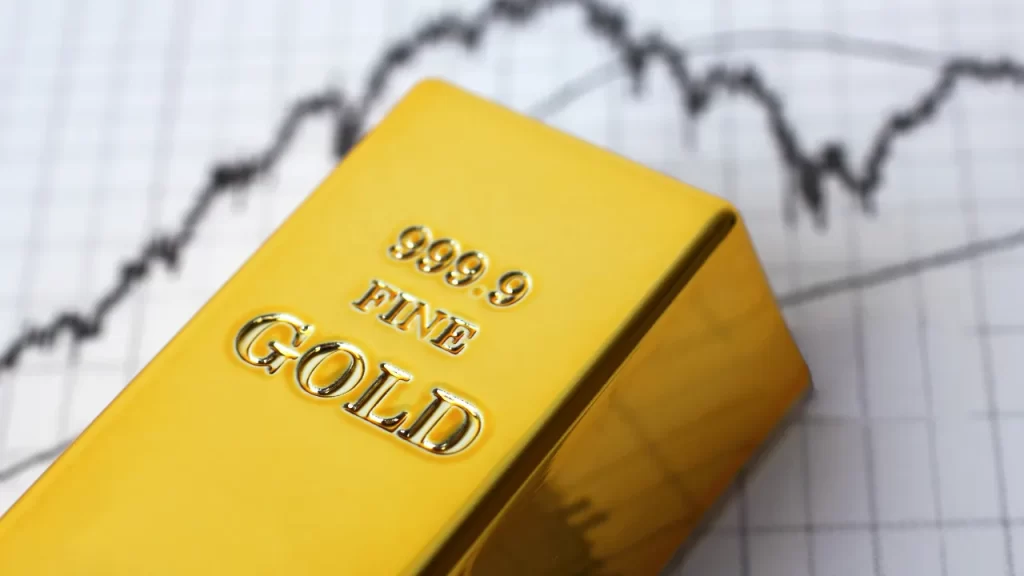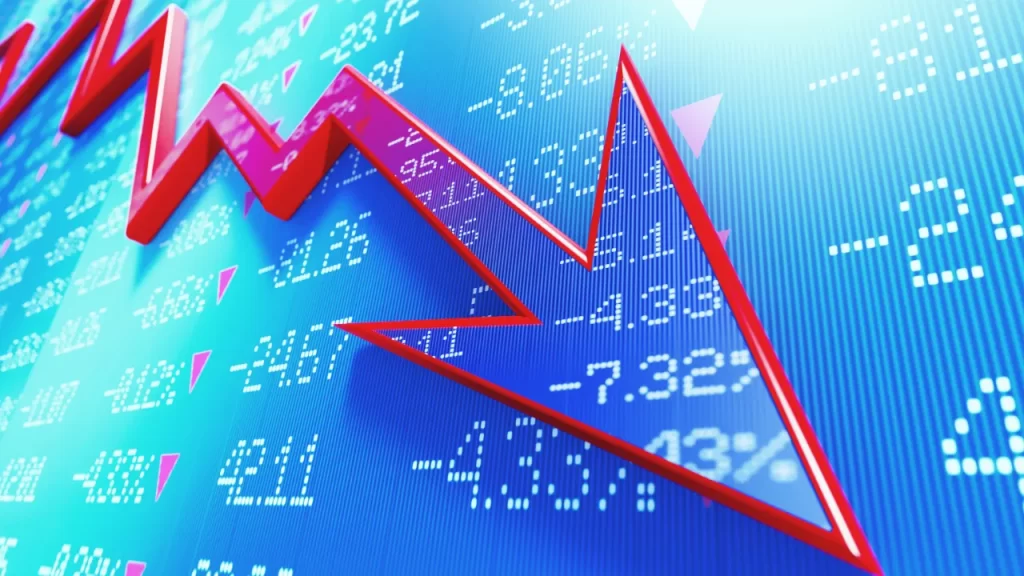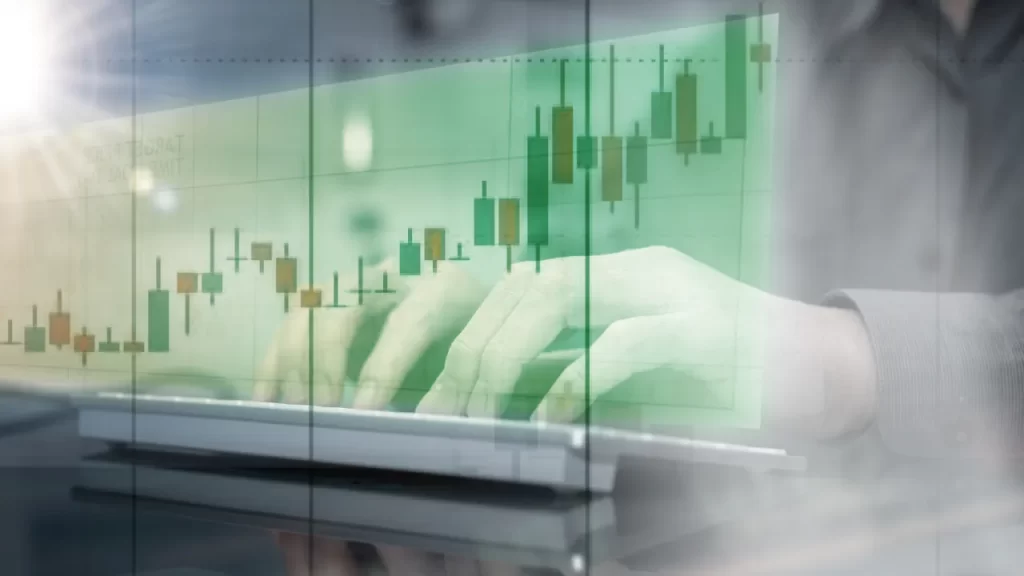Precious metals like gold, silver, and platinum have long been used as safe-haven assets and stores of value.
Trading precious metals CFDs (Contracts for Difference) allows investors to speculate on price movements without owning the physical metal.
This guide covers key aspects of trading precious metals CFDs, including strategies, risks, and market analysis.

Understanding Precious Metals CFDs
Precious metals CFDs allow traders to profit from price fluctuations without the need to buy or store the physical commodity. Key advantages include:
- Leverage – Increase market exposure with a smaller initial investment.
- Short-selling opportunities – Benefit from both rising and falling markets.
- Diversification – Hedge against inflation and economic uncertainty.
Step 1: Choose a Reputable Broker
Selecting a trusted broker is crucial for safe and efficient trading. Consider the following factors:
- Regulation – Ensure the broker is licensed by a reputable financial authority.
- Trading platform – Choose a platform like MetaTrader 4, MetaTrader 5, or a proprietary broker platform.
- Spreads and commissions – Compare trading fees and account costs.
- Available precious metals – Ensure access to gold (XAU/USD), silver (XAG/USD), and platinum (XPT/USD) CFDs.
Step 2: Open and Fund Your Trading Account
To start trading precious metals CFDs, follow these steps:
- Register with a broker – Complete the necessary documentation and verification process.
- Deposit funds – Use payment options such as bank transfers, credit cards, or e-wallets.
- Set up your trading platform – Configure charting tools, technical indicators, and risk management settings.
Step 3: Learn Market Analysis
Analyzing market trends is essential for making informed trading decisions. Key analysis methods include:
- Technical analysis – Use indicators such as moving averages, RSI, and Fibonacci retracements.
- Fundamental analysis – Monitor macroeconomic factors such as inflation, interest rates, and geopolitical events.
Step 4: Develop a Trading Strategy
A well-defined strategy can help improve trading success. Common approaches include:
- Trend following – Trade in the direction of long-term price trends.
- Breakout trading – Enter positions when prices break key support or resistance levels.
- Scalping – Execute multiple short-term trades to capture small price movements.
Step 5: Risk Management
Managing risk is critical in precious metals CFD trading. Effective practices include:
- Using stop-loss and take-profit orders – Protect capital and secure profits.
- Position sizing – Adjust trade sizes based on risk tolerance and market conditions.
- Monitoring economic events – Stay informed about factors influencing precious metals prices.
Step 6: Execute Your First Trade
Once prepared, place your first trade by:
- Selecting a precious metal CFD (gold, silver, or platinum).
- Choosing a position (buy or sell) based on market analysis.
- Setting stop-loss and take-profit levels.
- Monitoring and adjusting the trade as needed.

Risks of Precious Metals CFD Trading
While trading precious metals CFDs offers profit opportunities, it also comes with risks:
- High volatility – Prices can fluctuate significantly due to economic and geopolitical events.
- Leverage risks – Trading on margin can amplify losses as well as gains.
- Market unpredictability – Prices may be influenced by unexpected global developments.

Rewards of Precious Metals CFD Trading
Despite the risks, there are notable benefits to trading precious metals CFDs:
- Safe-haven assets – Precious metals often retain value during economic downturns.
- Liquidity – Gold, silver, and platinum have high trading volumes, ensuring efficient execution.
- Flexibility – Ability to trade both rising and falling markets.
Conclusion
Trading precious metals CFDs can be a profitable venture for traders who understand market dynamics and apply risk management strategies.
By following this guide, South African traders can build a strong foundation and develop effective strategies for trading gold, silver, and platinum CFDs.
Always trade responsibly and stay informed about market trends to optimize performance.






